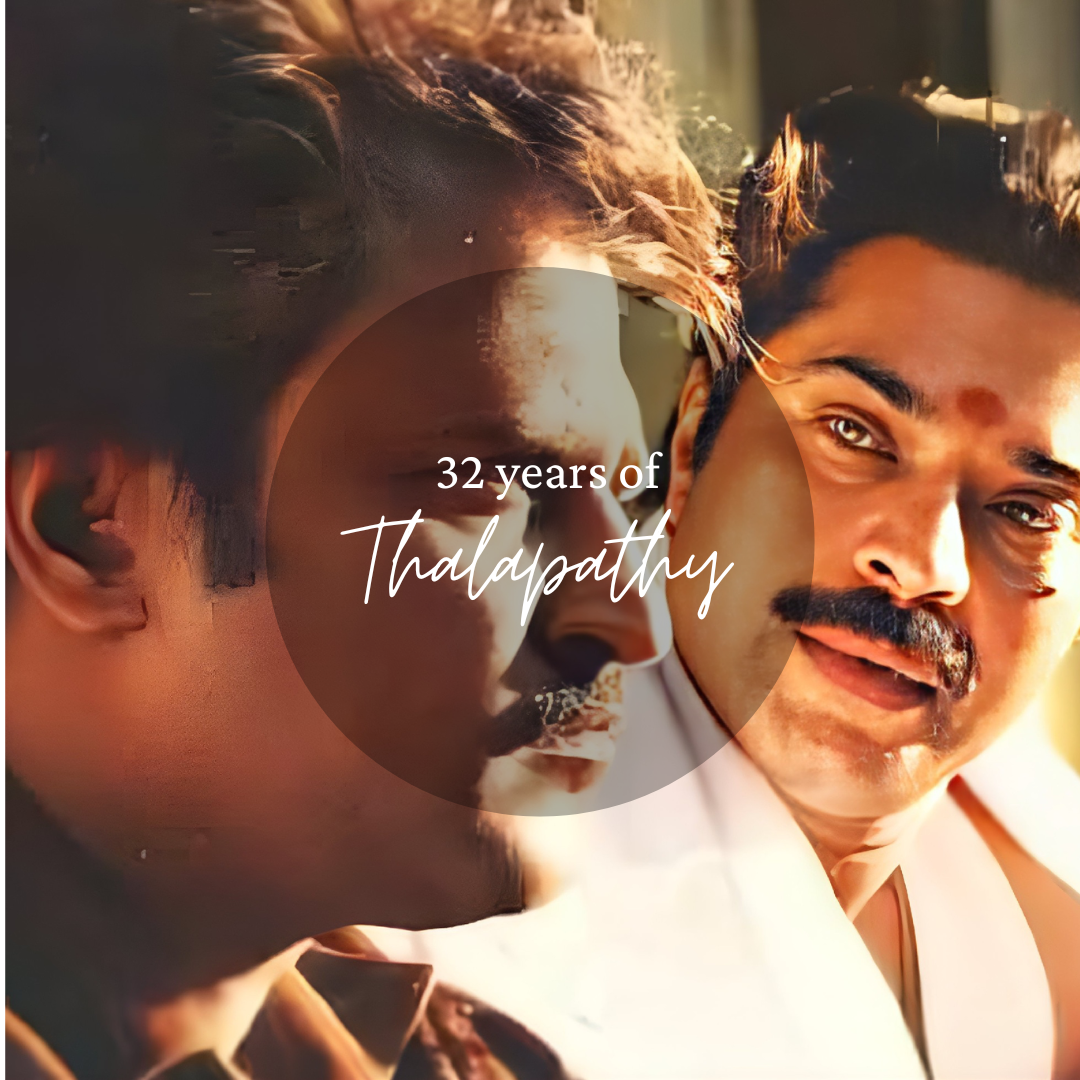It was the year 1959. The grounds are eerily empty with dense smoke nearly touching the grass blades. Percussion could be heard increasing, as the scene cuts to the next. Young children and their parents are laughing gaily, running around heaps of wood that has been lit up. More people join them, as they wildly wave their hands and skip around each other, the fire burning as bright as ever as the scene immediately cuts to the next.
An elderly man is being tenderly washed by his wife, when they hear continuous knocking at the door. Reluctantly, the wife abandons her duty to open her door. A young woman, no more than sixteen years, slumps against the door, heavily gasping. Beads of sweat trickle down her face as she trembles, left hand clutching on to the frame for support. Her right hand however, was gently caressing her swollen belly. She gives the elderly woman a pleading look, but she eventually meets the wooden door again as the former quickly shuts it in horror and rushes back to her waiting husband.
“Who was it?”
“She looks like she is only thirteen or fourteen. She is in labour!”
“Whatever it is, she needs help.”
“There is no *thaali on her neck! I’m not attending to her labour.”
It cuts to the next scene, where a faint folk jingle is heard. The jingle is punctured by the anguished groans of the expecting mother, now hidden in a thicket of bushes. She lets out a final, blood-curdling scream as the scene quietens down.
The silence breaks with the cry of a newborn.
Starring two of South Indian cinema’s most sought-after actors in the nineties, Rajinikanth and Mamootty, Thalapathy was director Maniratnam’s second attempt at a South Indian gangster-flick that tasted success. It is also known that the plot of Thalapathy was heavily inspired by the friendship between the characters of Duryodhana and Karna from the ancient Hindu epic, the Mahabharata.
The Mahabharata is one of two major Sanskrit epics in Hinduism of ancient India. Proven to be the longest epic in the world (the second being Iliad Homer’s The Odyssey) spanning across almost a hundred thousand couplets and eighteen volumes, it speaks of the power struggle between two groups of royal cousins, the Pandavas and the Kauravas, that ends up in a bloody war lasting eighteen days.
The Mahabharata is premised on various characters with intriguing tales of their own that binds the epic together. Thalapathy, as aforementioned, was conceived by director Maniratnam based on the staunch friendship between Duryodhana, the eldest Kaurava cousin and the main antagonist, and Karna, the warrior who is succoured by him.
Karna was born to the Sun god and a princess in an accidental experiment. The princess, who was only sixteen when she had Karna, had him placed in a straw basket and set him sailing across the river, hoping that someone would take care of her son, for she was afraid of facing the society as an unwed, young mother. This is the opening premise of the film itself, as described in the beginning – the birth of Surya the lone man, as played by the inimitable Rajinikanth.
The movie continues and introduces Mamootty, inspired by the steely character of Duryodhana as Devaraj the local gangster who fights lawful injustice with violence, but remains the people’s saviour on many occasions, including Surya’s. Devaraj meets Surya during a delicate moment and both become best friends, Surya acting as Devaraj’s commander – or Thalapathy in Tamil, hence the naming convention of this 1991 gangster-flick that became a master stroke in both the actors’ careers.
Thalapathy is tightly woven with sentiment, loss, violence, love and drama. Director Maniratnam draws many parallels to the epic itself with certain cinematic techniques that quite possibly linger in one’s mind for a while. Surya finally getting to meet his biological mother was one scene that was moulded to near-perfection. It almost achieved the same presence of emotion when Karna met his biological mother in the epic, and it definitely tugged at my heart-strings.
The use of sunlight is incorporated in almost every visual throughout the film, but it is maximised greatly when Surya’s biological mother eventually finds Surya and stands at the threshold of his home, shaking with silent sobs. A soulful rendition on the traditional Indian veena strums as the sunlight and realisation dawns on Surya’s face. He calls out to her as “mother” for the first time, as she starts weeping, reaching out to him. The sunlight slowly fades as Surya asks the one burning question that plunged him into darkness, just like the scene hints.
“Why did you throw me away, Mother?”
Another notable parallel from epic to screen was highlighting Karna’s famous generous spirit and loyalty to his best friend. Surya meets Devaraj for the first time in court, after being bailed out by the latter.
“I don’t know how to thank you. What can I offer you?”
“I do not want anything.”
“I have only one to offer. My life.”
This is also in light of Surya’s state of living. This scene draws up to the similarity of Karna offering his loyalty and unwavering dedication to Duryodhana in return for Duryodhana saving him from the embarrassment he gained being a man whose birth was unknown. Despite being a slum-dweller with little to offer and so much of uncertainty in life, Surya never refuses anyone throughout the movie, and stays by Devaraj, matching the characterisation of Karna with a touch of subtlety and crisp dialogue delivery.
Despite the film being thirty-two years old, its mast is still raised against the winds of other South Indian films that came after. The infusion of the Mahabharata into a contemporary landscape, visuals that were crafted with care, soulful music that still reigns modern Spotify playlists and every character played to justice are hard proof that Thalapathy is indeed a delectable classic that was executed with passion and could be devoured, even another thirty-two years later.
*thaali – a yellow nuptial string/chain that symbolises a married woman in Tamil culture.

